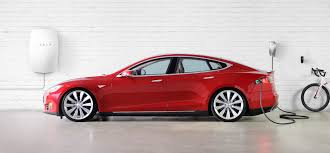New Tool Predicts the Cost Effectiveness of Electric Energy and Storage
 Dom Galeon for Futurism: When it comes to renewable energy, generation and storage are two facets of technology that have to be tackled simultaneously. For the latter, the development of electric cars and lithium-ion battery storage projects seem to be the number one factor. Yet, when compared to their fossil fuel counterparts, the future of these technologies remain largely uncertain.
Dom Galeon for Futurism: When it comes to renewable energy, generation and storage are two facets of technology that have to be tackled simultaneously. For the latter, the development of electric cars and lithium-ion battery storage projects seem to be the number one factor. Yet, when compared to their fossil fuel counterparts, the future of these technologies remain largely uncertain.
To this end, researchers from the Imperial College in London have developed a new tool that could facilitate the prediction of costs and outcomes for electric cars and home batteries. In a study published in the journal Nature Energy, the Imperial researchers demonstrated how their tool could be used. They predicted that electric cars could rival petrol by 2022, and that home batteries could become competitive by the 2030s.
“An informed understanding of the potential future costs of electricity storage technologies is essential to quantify their uptake as well as the uptake of low-carbon technologies reliant on storage,” the researchers wrote.
Their prediction tool was the result of compiling data from the installed capacity and price of energy storage technologies — like Tesla’s Powerpack — over time. It could be used to figure out how the costs would drop in the future when investment would increase installed capacity. Full Article:
Comments (0)
This post does not have any comments. Be the first to leave a comment below.
Featured Product

